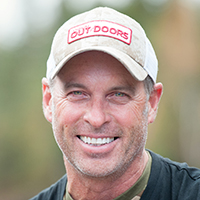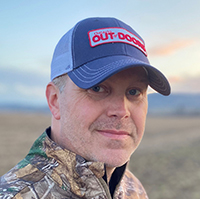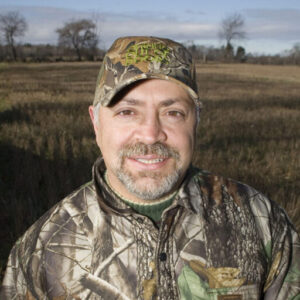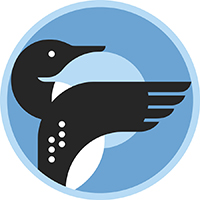Near the end of October, there really is no bad time to sit in a stand for whitetails. In my experience, Oct. 20 seems to be about when deer become more active during daylight. I’ve taken some of my biggest bucks around Halloween. But, as we all know, life gets busy and it can be hard to get much stand time. You may ask yourself, “What now?” when the rut is over and you still have a tag in your pocket. The answer is simple: food. Deer need to fatten up for insulation from the cold conditions ahead. Plus, does are pregnant and also need more body weight. Bucks, especially dominant ones, drastically deplete their fat reserves during the rut. If not built back up before winter, there is a real chance the buck will die. A food source is the best chance for you to fill that tag before the end of the season. So, how do you make that happen? Find the traffic zones Sometimes finding a good late-season ambush point from bedding to food source takes a couple of seasons to get right. The best time to locate these spots is early spring. There is no better time of year to find the most heavily used deer trails than when the snow is starting to melt and you may be shed hunting. Trails are very easy to spot and the right location for a tree stand is much easier to pinpoint. One of the biggest challenges for a tree-stand hunter in the winter is hiding. A bowhunter has lost the backdrop cover they have in early season. By scouting in the spring, the trees have not regrown their foliage, making it easier to pick out the right tree for late-season. Get on the ground The other challenge a bowhunter faces in late season is dealing with the cold. Sitting in a tree stand during frigid weather will test anyone’s mettle. In my opinion, the best option for dealing with the cold during late season is to use a ground blind. Just blocking the wind makes a huge difference. Some hunters make a key mistake — I learned this the hard way. It’s important to set up your ground blind weeks ahead of when you will be using it. Deer are very aware of their surroundings, and a ground blind, no matter how well you brush it in,
Please log into your OFAH Community account to access this content. Not an OFAH member or Ontario OUT of DOORS Subscriber? Follow the links below to join or subscribe and gain access to exclusive online content.







Contact Information
PO Box 2800 / 4601 Guthrie Dr.
Peterborough, Ontario Canada K9J 8L5
Phone: 705-748-OFAH (6324)
Fax: 705-748-9577
Join Our Newsletter
Watch
Shop
Follow